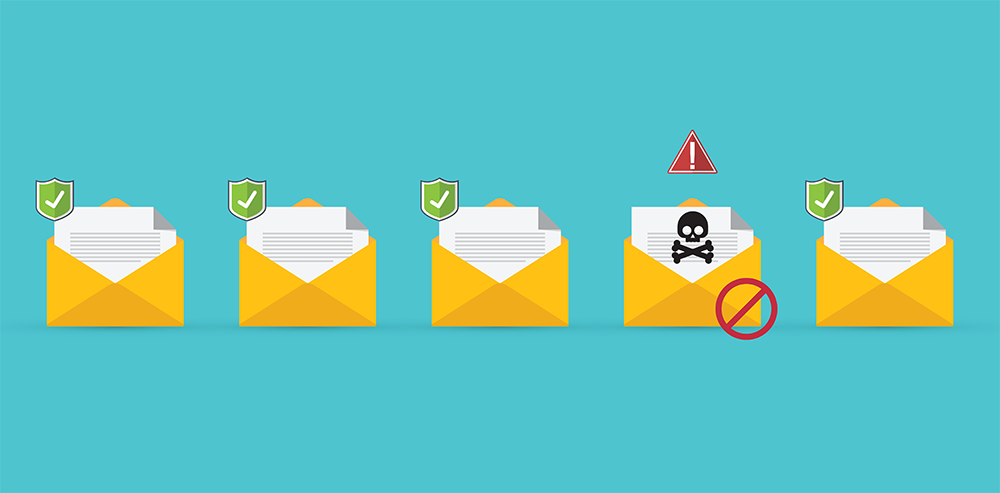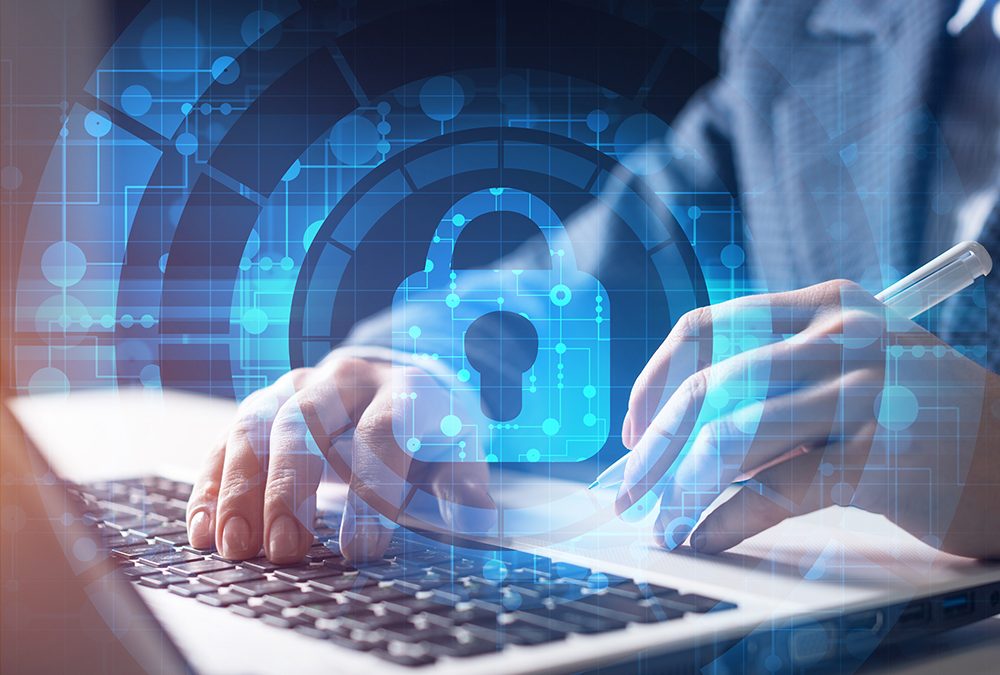
Oct 18, 2021 | SMB Technology, SMB Technology, SMB Technology, SMB Technology, Technology News
Many threats to your network abound, and often ransomware, malware and viruses enter your network through social engineering, or “phishing” emails. Read on to learn the extent of the problem and how you can keep your business from being affected by these threats. Phishing a Growing Threat Social engineering attacks, including phishing, are among the greatest threats to individual users as well as small to medium-sized businesses. Even though giants like Google and Facebook get the headlines, small to medium-sized businesses are not immune. Anyone and everyone can be a phishing target, and these attacks often come through email, something people use every day. A malicious actor sends an email (perhaps appearing to be from someone the recipient knows), trying to get confidential information like passwords or trying to insert malware in the network. According to a CompTIA State of Cybersecurity report, it can cost $1.85 million to remediate a ransomware attack. Often these attacks come through spam emails and contain dangerous links that, when clicked on, can introduce malware to your system. Spam emails, in fact, account for most of the ransomware attacks. In spite of the prevalence of phishing, many users are not aware of the risk; as many as 13.6% of recipients click on the link. How to Prevent Phishing Emails from Becoming Attacks In spite of such daunting statistics, there is good news–more awareness about the dangers of phishing scams. Many companies are consistently and systematically training their employees, and those with more than eleven campaigns per year (on average, one a month), have a low click-through rate, only 13%. This...

Oct 12, 2021 | SMB Technology, SMB Technology, SMB Technology, SMB Technology, Technology News
Cybersecurity Awareness month is here, and is a great time to remember the importance of protecting our networks. Cybersecurity is a puzzle with many pieces; training your workers in awareness and best practices for cybersecurity is a key part of protecting your network, applications and data.. Read on to learn how to make your workers cybersmart in an age of increasing attacks. Awareness is the First Step Learning to be cybersmart involves common sense, being aware of threats and learning to protect against them. Ransomware, malware, phishing and more are part of the current threat landscape. Do your workers know how to identify a possible social engineering scheme, and how to report a phishing email? Are remote workers’ computers equipped with the latest anti-virus definitions, and the most current software versions? Do they know not to click on suspicious links? Passwords are another part of staying secure, passwords that are unique and easy to remember, and that are changed on a regular basis. Consistent training and reinforcement in these practices is the best way to make them part of your and your workers’ toolkit. Awareness and Tools Go Together Passwords, while still relevant, have been augmented with other tools for cybersecurity. Multi-factor authentication, which can involve more than one way of logging in, adds extra layers of security and ensures that only those authorized can access the system. Multi Factor authentication can be a one-time code delivered to email or via text, or it can be a biometric like a fingerprint. Multi-factor authentication has become more common over the years, and is a proven security...




